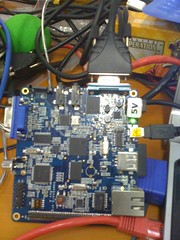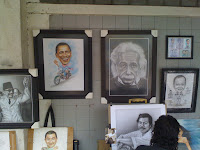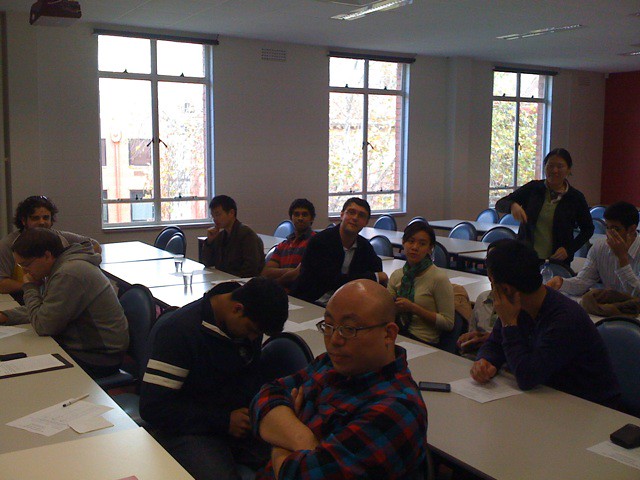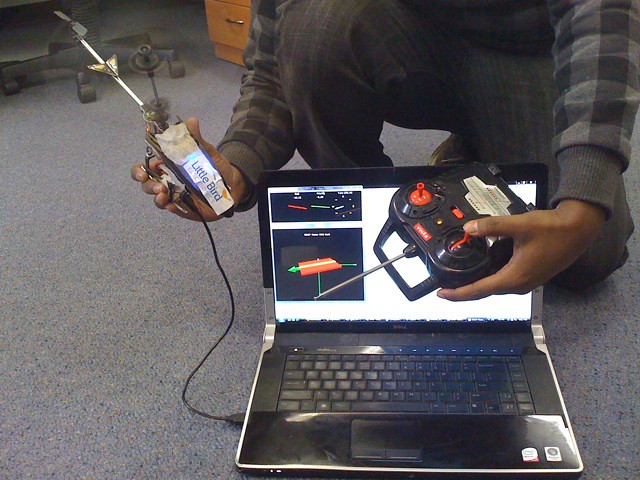I seem to have sprouted an impromptu holiday to
Fiji. So tonight ended up a rush in completing my papers for
IGARSS 2010 in Hawaii. Time has passed so very fast. Some of my colleagues who started their PhD at the same time as me have written 1/3 of their thesis already. I in my turn have been distracted by life and side projects, but overall the extra curricular activities have made my PhD life much much more interesting.
While copy pasting content from my original draft into the conference template I decided to have another look at the tricky
dual-device USB based 3G modems. The Prolink PHS101 is plugged into the BeagleBoard and appears as a pesky CD device on /dev/sr0, you can use
mount -t iso9660 /dev/sr0 to access this device. The newer kernels fortunately and unfazed by this, using
eject /dev/sr0 gets rid of the CD device and loads up the usbserial driver with the right vendor options to make it appear as 3 serial devices on USB. I did not have to use
usb_modeswitch, though I managed to native-compile and install it on the beagle.
Only 1 of these 3 is a functional internet device. In Australia the wvdial.conf to make use of it looks something like:
 Init2 = ATZ
Init2 = ATZ
Init3 = ATQ0 V1 E1 S0=0 &C1 &D2 +FCLASS=0
Stupid Mode = 1
Modem Type = Analog Modem
ISDN = 0
Phone = *99#
Modem = /dev/ttyUSB0
username = username
Password = password
Dial Command = ATDT
Baud =460800
Init4 = AT+CGDCONT=1,"IP","vfinternet.au"
Then I hit another
brick wall, there is apparently an issue with
wvdial which prevents it from working on arm based platforms. Modem-Manager and
NetworkManager can be tasked into filling the hole left by wvdial. A bit of snooping with AT commands and
ModemManager shows up the
Qualcomm heritage of the chipset.
 root@beagleboard:~# microcom /dev/ttyUSB0
root@beagleboard:~# microcom /dev/ttyUSB0
ATI
Manufacturer: QUALCOMM INCORPORATED
Model: C-180
Revision: 120016_062_001 1 [Feb 09 2010 23:45:26]
IMEI: 358093021714293
+GCAP: +CGSM,+DS,+ES
OK
Wonder how soon I will be able to connect up using this.
PS: After finishing off my IGARSS papers I finally managed to get it going with a melange of dbus,nm,mm and pppd. So this modem officially works on the BeagleBoard, hurray!!

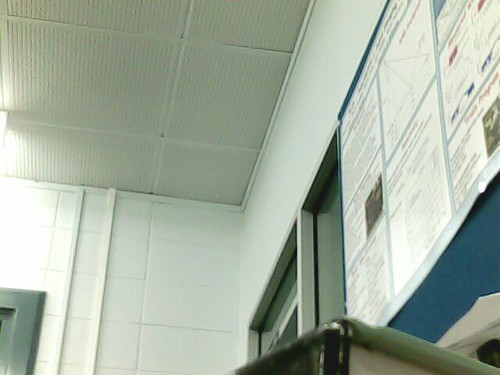
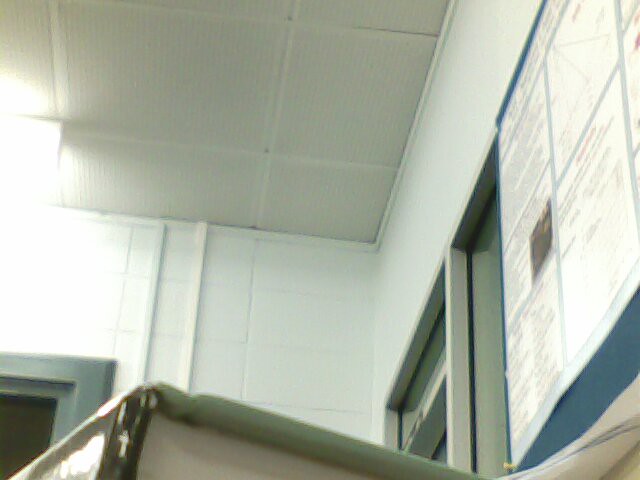 A while back I made my BeagleBoard dual-USB stereo camera. Gstreamer is set to capture single frames in this mode and no video synchronization etc. is performed. Gst-Opencv is now installed on the beagle and I might try chaining in some colour detection, but I will wait this opencv-dsp comes along. Getting the images out of the board over scp/sftp was proving to be a pain, so I decided to install a flickr upload script in Python. Apparently the same trick can be done using cUrl with this REST endpoint, but it did not work out too well for me. The USB wireless modem from yesterday works as a perfect network link to push out the images captured by webcams.
A while back I made my BeagleBoard dual-USB stereo camera. Gstreamer is set to capture single frames in this mode and no video synchronization etc. is performed. Gst-Opencv is now installed on the beagle and I might try chaining in some colour detection, but I will wait this opencv-dsp comes along. Getting the images out of the board over scp/sftp was proving to be a pain, so I decided to install a flickr upload script in Python. Apparently the same trick can be done using cUrl with this REST endpoint, but it did not work out too well for me. The USB wireless modem from yesterday works as a perfect network link to push out the images captured by webcams.



